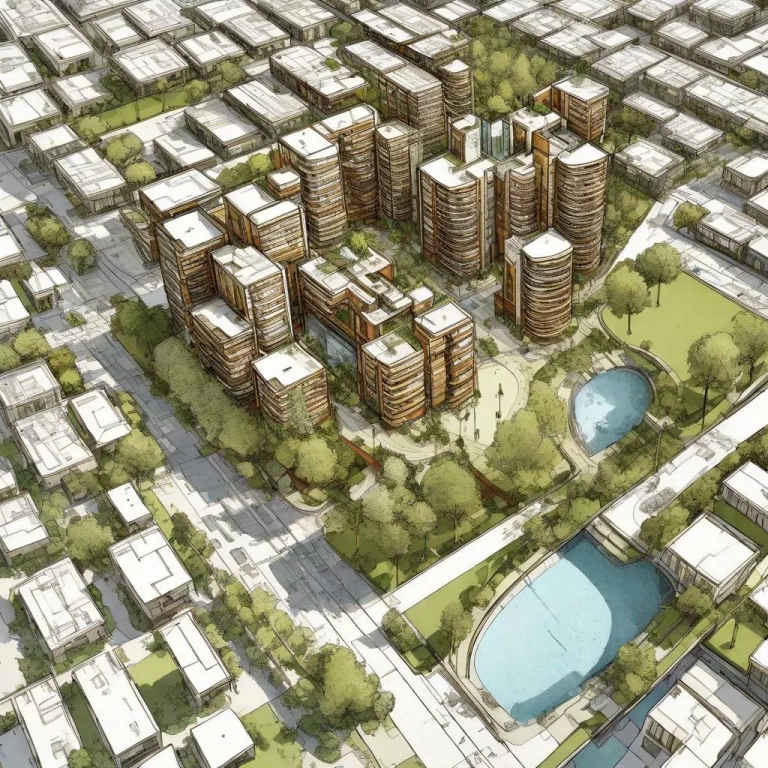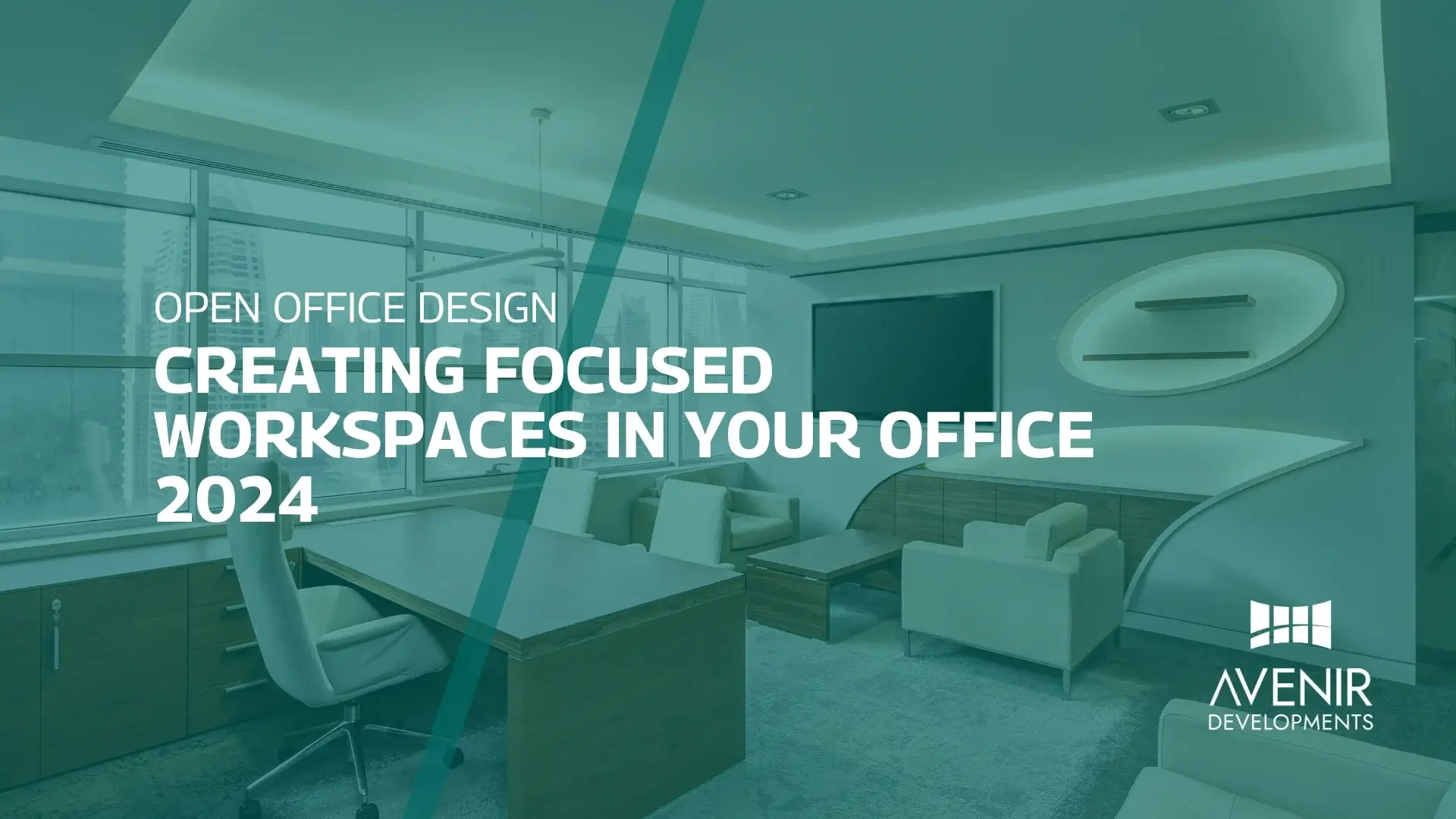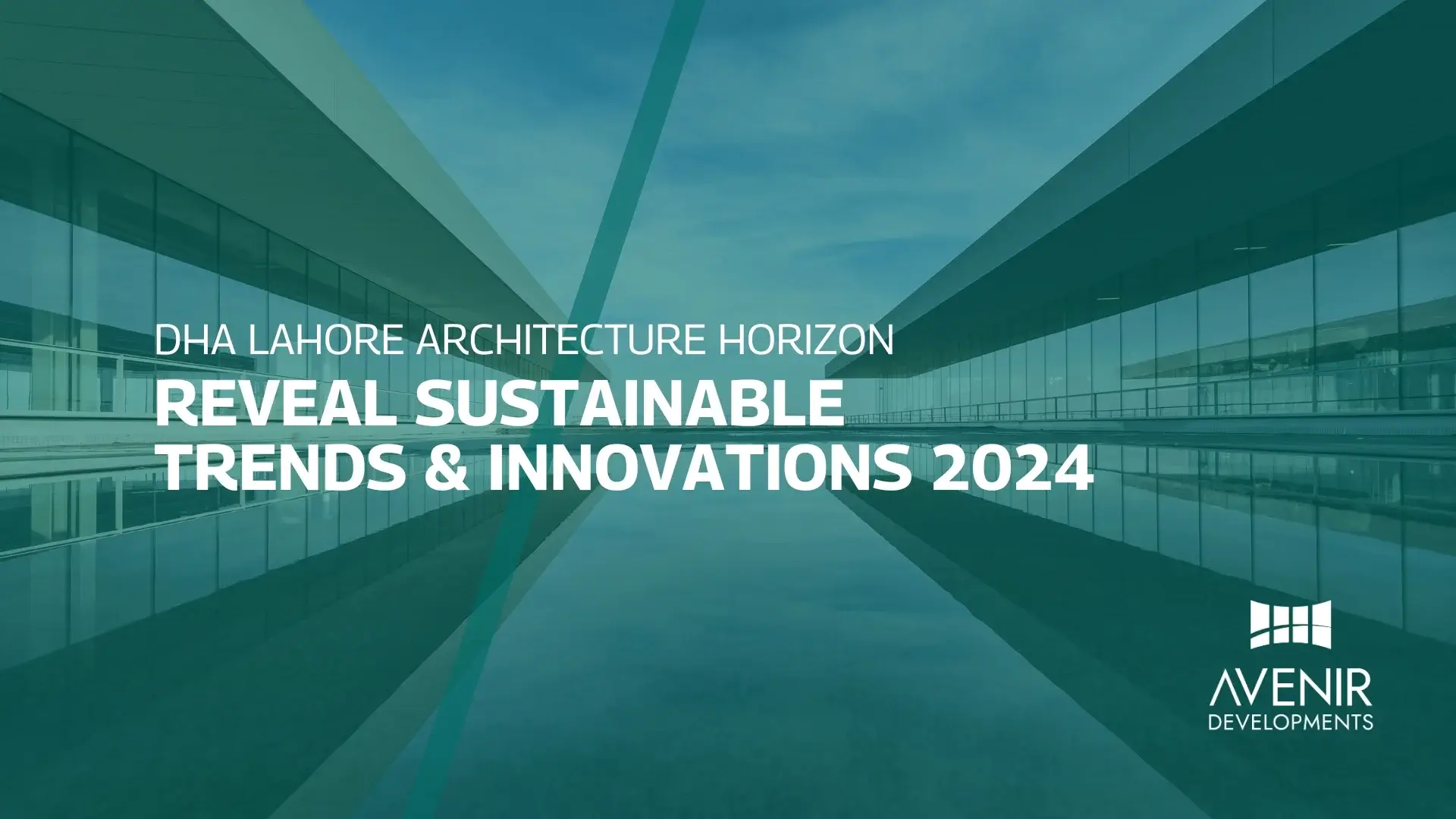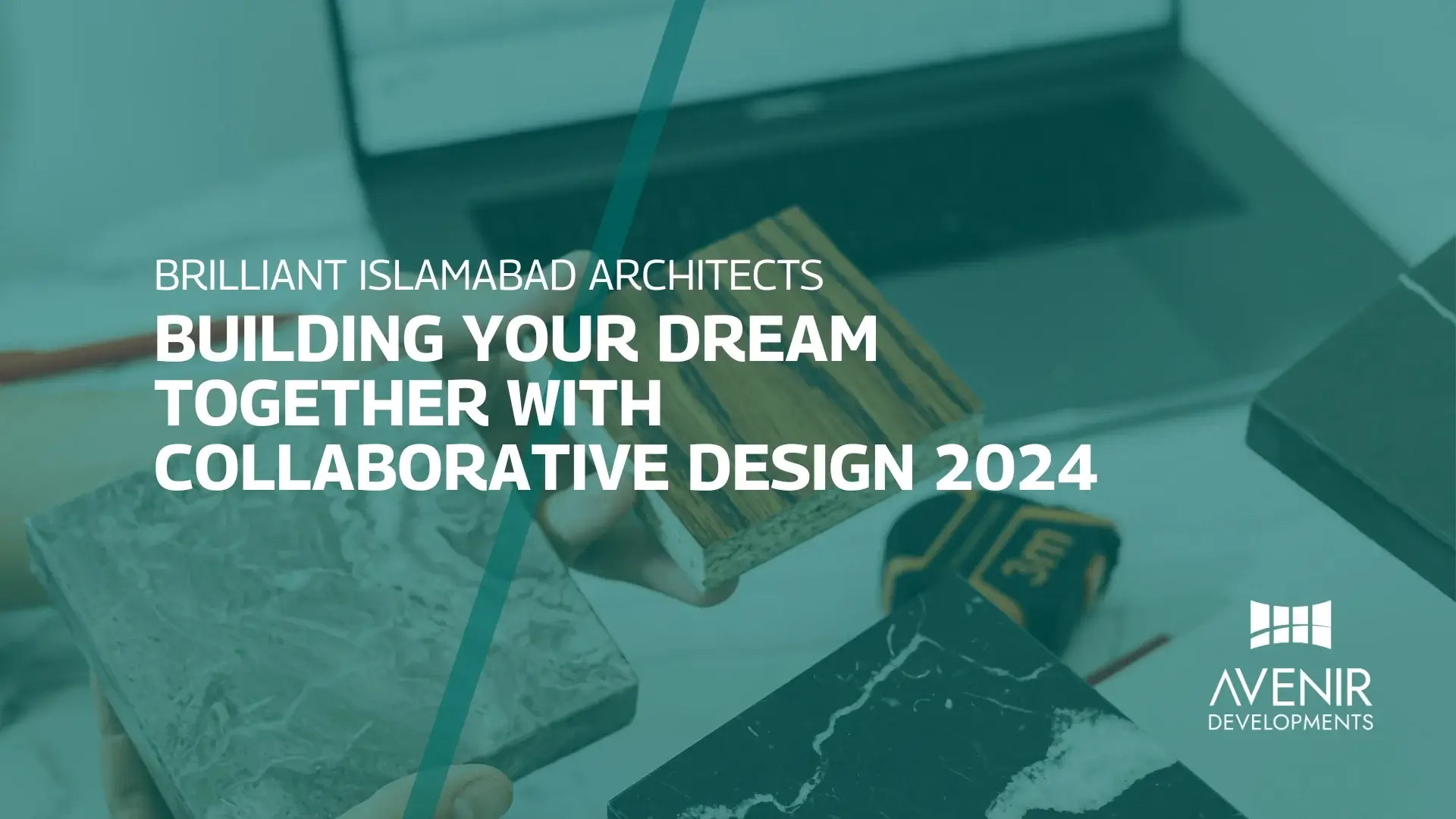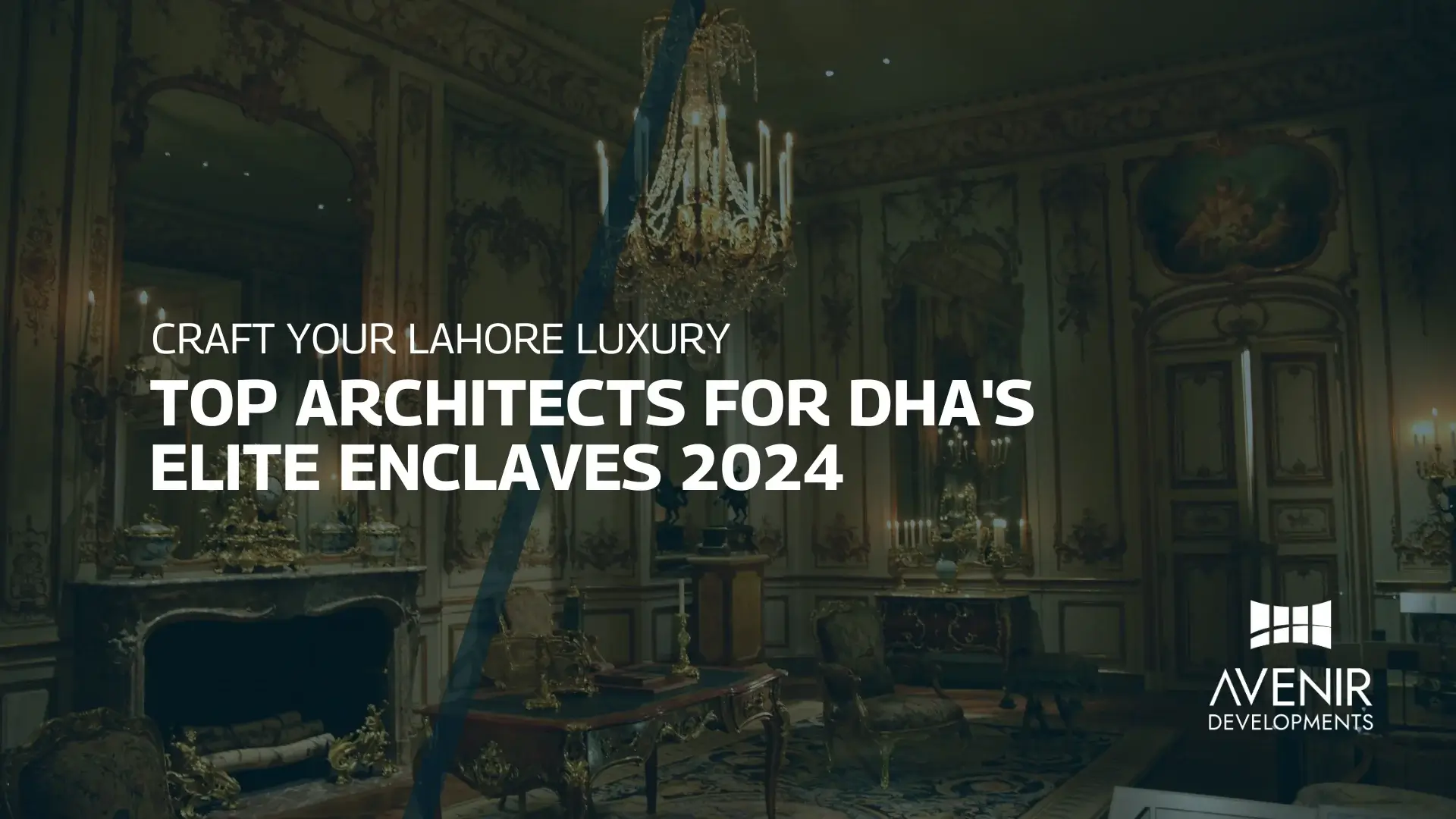Introduction
Urban landscapes are evolving, and so is the approach to community planning. In this era of rapid urbanization, understanding the intricacies of Designing for Communities: Master Plan Architecture and Urban Development is crucial. This article navigates through the fundamentals, challenges, success stories, and the future of community design.
The Essence of Community Design
What is Community Design?
Community design goes beyond the physical layout of buildings; it’s about creating environments that enhance the quality of life for residents. From public spaces to infrastructure, every element is meticulously planned to promote social cohesion and well-being.
Importance of Master Plan Architecture
The master plan serves as the blueprint for a community’s growth. It outlines land use, infrastructure development, and public amenities, providing a structured framework for sustainable urban expansion.
Design Principles for Urban Development
Sustainability and Green Spaces
Incorporating green spaces into urban design is not just aesthetically pleasing but also environmentally crucial. Sustainable practices, such as energy-efficient buildings and waste reduction, play a pivotal role in creating eco-friendly communities.
Accessibility and Inclusivity
An inclusive community is one that caters to people of all ages and abilities. Designing accessible infrastructure ensures that everyone, regardless of physical abilities, can navigate and enjoy public spaces effortlessly.
Challenges in Community Planning
Balancing Growth and Preservation
One of the primary challenges in community planning is striking a balance between growth and preserving the cultural and historical identity of a place. Successful planning involves thoughtful consideration of both aspects.
Overcoming Infrastructure Hurdles
As urban populations grow, so do the demands on infrastructure. Overcoming hurdles related to transportation, utilities, and housing requires innovative solutions and forward-thinking policies.
Successful Case Studies
Transformative Urban Renewal Projects
Examining successful urban renewal projects provides valuable lessons for future initiatives. These case studies showcase how thoughtful design can revitalize neighborhoods and improve residents’ lives.
Community-Driven Design Success Stories
Involving the community in the design process ensures that projects align with residents’ needs. Success stories of community-driven design emphasize the importance of grassroots involvement.
Incorporating Technology in Urban Planning
Smart Cities and Digital Innovations
Technology is reshaping urban landscapes with the concept of smart cities. From smart infrastructure to data-driven decision-making, technology plays a pivotal role in enhancing efficiency and quality of life.
Enhancing Urban Living with Tech
Innovations like smart homes, efficient waste management systems, and digital connectivity contribute to creating modern, livable urban spaces. Embracing these advancements is integral to future community planning.
Economic Impacts of Thoughtful Planning
Attracting Investments through Design
Well-designed communities attract investments, fostering economic growth. Investors are drawn to areas with a clear vision for sustainable development, ensuring long-term prosperity for residents.
Job Creation and Economic Prosperity
Community planning directly impacts job creation. From construction jobs during development to sustaining local businesses, a well-thought-out master plan stimulates economic activity.
Building a Sustainable Future
Environmental Conservation
Prioritizing environmental sustainability in community design is not just a trend; it’s a necessity. From green building practices to preserving natural habitats, communities can contribute to a healthier planet.
Social and Cultural Sustainability
Preserving cultural heritage and fostering social connections are integral to sustainable communities. Designing spaces that celebrate diversity and history ensures a vibrant and inclusive future.
The Role of Community Engagement
Empowering Residents in Decision-Making
Empowering residents to actively participate in decision-making processes ensures that community designs align with their needs and aspirations. Inclusivity in planning leads to stronger, more resilient neighborhoods.
Fostering a Sense of Belonging
A sense of belonging is crucial for community well-being. Designing spaces that encourage social interactions and community engagement fosters a strong sense of belonging among residents.
Frequently Asked Questions (FAQs)
How does community design affect me?
Community design directly impacts your daily life, influencing everything from your commute to the availability of recreational spaces. A well-designed community enhances your quality of life and well-being.
What role do citizens play in planning?
Citizens play a pivotal role in shaping their communities. Engaging with local initiatives, providing feedback, and participating in community forums empower residents to contribute to the planning process.
Can urban development be eco-friendly?
Absolutely. Urban development can be eco-friendly by incorporating sustainable practices such as green building designs, renewable energy sources, and efficient waste management systems.
How can technology enhance communities?
Technology enhances communities by improving infrastructure, increasing connectivity, and optimizing resource management. Smart technologies contribute to creating efficient and livable urban spaces.
What economic benefits come with planning?
Well-planned communities attract investments, leading to economic growth. Additionally, job creation during the development phase and sustained economic activity benefit local businesses and residents.
How can communities become more inclusive?
Communities become more inclusive through thoughtful design that considers the needs of diverse populations. Accessible infrastructure, social programs, and community engagement initiatives contribute to inclusivity.
Conclusion
In envisioning the future of Designing for Communities: Master Plan Architecture and Urban Development, we must prioritize sustainability, inclusivity, and economic prosperity. By learning from successful case studies, embracing technology, and fostering community engagement, we can create vibrant, resilient, and thriving communities for generations to come.

